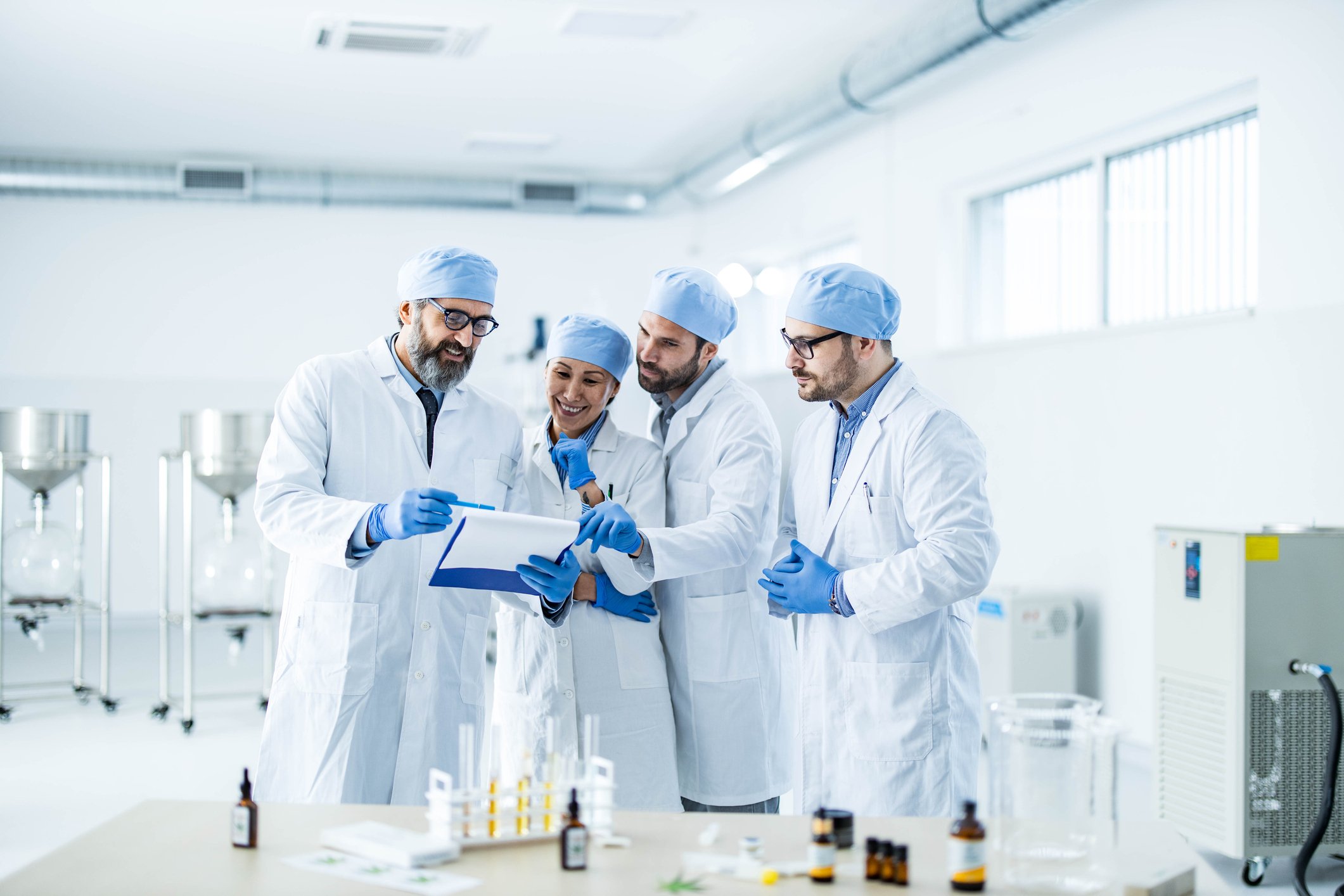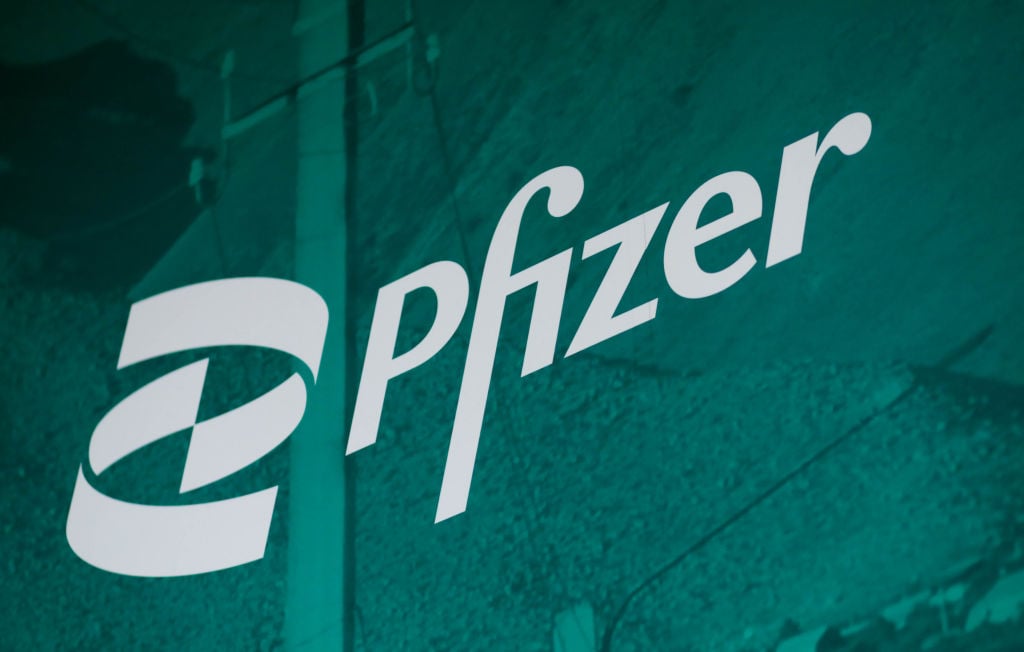Sometimes, all you need to realize your true potential is a little change. Or in the case of former developmental biotech Repligen (RGEN +0.24%), a complete change. In 2011, the company scratched its entire business model of attempting to develop novel therapeutics and, instead, repositioned itself as a product-focused company by buying Novozyme's Biopharma Sweden business for up to $28.3 million. The acquisition tripled Repligen's manufacturing capacity, added new products to its portfolio, turbocharged growth, injected sustainable profitability into the business, and allowed the company to become of the world's premier supplier to biological drug manufacturers virtually overnight.
There is a bit of science involved in understanding the importance of Repligen's business, but I think taking a big-picture view of the budding biologics industry is a great place to begin our research. We'll explore the science in more detail in the coming weeks.
Importance of biomanufacturing
The term "biotechnology" gets thrown around a lot these days (sometimes incorrectly), but the industry's importance to health care is unmistakable. Biologic drugs, such as monoclonal antibodies, have become important next-generation therapies that treat diseases at the source, rather than previous generation small-molecule drugs that typically only treat symptoms after the onset of disease. The unique capabilities of monoclonal antibodies have made them key targets for the world's largest pharmaceutical companies. In fact, the global market for therapeutic monoclonal antibodies has grown from $37 billion in 2008, to more than $63 billion in 2012, representing a compound annual growth rate of 14.2%.
Last year, six of the top nine best-selling drugs in the world were biologics, and five of those were monoclonal antibodies.
|
Company |
Biologic Drug (Type) |
World Ranking |
2012 Sales |
|---|---|---|---|
|
AbbVie |
Humira* |
1 |
$9.265 billion |
|
Johnson & Johnson |
Remicade* |
2 |
$8.215 billion |
|
Amgen and Pfizer (PFE +0.75%) |
Enbrel |
3 |
$7.963 billion |
|
Roche (RHHBY +1.19%) |
Rituxan* |
5 |
$7.285 billion |
|
Roche |
Herceptin* |
7 |
$6.397 billion |
|
Roche |
Avastin* |
9 |
$6.260 billion |
*monoclonal antibody. Source: Genetic Engineering & Biotechnology News
The five monoclonal antibodies above combined for 2012 sales equal to the entire market value of the therapeutics in 2008. Companies are finding ways to use small molecules to target immune system pathways. For instance, Pfizer developed Xeljanz, the first oral medication approved for treating rheumatoid arthritis, to compete directly with injectable biologic drugs such as Humira, Remicade, and Enbrel. It may be a more convenient option for patients, but it won't be enough to stop the incredible growth of biologics in pharmaceuticals.
The opportunity
When the industry experiences manufacturing bottlenecks, it adds capacity by building new facilities, which increases the market size and demand for Repligen's products. Great news: The industry is already experiencing such bottlenecks. Amgen is spending $200 million on a new facility in Singapore, specifically for the production of monoclonal antibodies. Roche, which wields three of the top nine drugs in the world, recently announced that it would be spending $882 million in the next five years to expand its biologic manufacturing capabilities in Switzerland, Germany, and the United States. It's a big investment in the future, but with 39 biologics in development, the company is likely not finished adding capacity.
Okay, so how does Repligen fit in? The company doesn't develop therapeutic proteins in clinical trials. Instead, it offers products that can infiltrate upstream and downstream biomanufacturing for the world's largest pharmaceutical companies. Here's a simplification of the four major types of products:
- Growth factors: Used in fermentation to increase the production of monoclonal antibodies.
- Protein A: Used in the purification of monoclonal antibodies -- the most important and costly production step. Repligen is the world's leading manufacturer of Protein A.
- OPUS Series chromatography columns: Chromatography columns are the vessel in which purification is completed. The company offers columns that are shipped to customers ready for use, and can be disposed of after a single use, saving the company costs related to storage, cleaning, and construction.
- Protein A assay kits: Used in the final step in the illustration below to detect the presence of Protein A in the final product -- an important requirement for meeting purity standards.

This simple illustration shows the power of the company's growing product portfolio. Image source: Repligen
In addition to its core focus on bioprocessing technology, Repligen still owns assets from its former pipeline. RG1068 is a biologic drug intended to be used in pancreatic imaging that has been granted orphan-drug and fast-track status. It successfully met its primary endpoint in a phase 3 trial, although the Food and Drug Administration is requiring additional data to support approval of a New Drug Application. Meanwhile, RG2833 is a small molecule with potential to treat a rare genetic neurodegenerative disease that was well tolerated, and increased proper gene function in a phase 1 trial.
The company successfully licensed its spinal muscular atrophy program to Pfizer in January in a deal that could be worth up to $70 million, plus royalties. Pfizer will take over full development of molecules after Repligen completes an ongoing phase 1 trial for the lead compound. The three therapeutic programs aren't worthless, but investors should not assign much value to them. Instead, focus on the company's growing opportunity in bioprocessing, which is now the company's focus, as well.
Foolish bottom line
Investors looking to tap into the growth of the biotech industry, without the risk of trial failures, should definitely give Repligen a hard look. In order to fully appreciate and understand the opportunity, investors must familiarize themselves with bioprocessing jargon. But don't worry about buying textbooks or attending industry conferences; I'll breakdown each of the company's products and businesses in the coming weeks, explain the importance of each in context of the bigger picture of the biotech industry, and help investors of all backgrounds understand exactly how Repligen and bioprocessing could fit into their portfolios. For now, it may be best to simply add the company to your watchlist.








